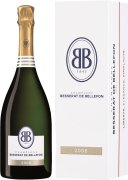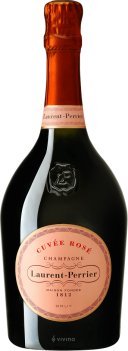Laurent-Perrier Cuvee Brut Rose Non-Vintage
Indisputably one of the great Rose Champagnes produced.
Vazart-Coquart & Fils Special Club Blanc de Blanc Grand Cru Brut
VAZART-COQUART & FILS Special Club Blanc de Blanc Grand Cru Brut , Champagne
Besserat De Bellefon Champagne Vintage
The house of Besserat de Bellefon was founded in 1843 near Ay in Champagne, and is now based in Epernay. The hallmark of the house is the lower than normal pressure that the wine is kept at under cork. This lower than normal pressure does not reduce the effervescence, but softens it, allowing the wine to partner better with food. Aspect: Deep, intense yellow Bouquet: Citrus, confits, honey, sweet spice, panettone, praline Palate: Generous freshness, opulence, purity, natural, exceptional Assemblage : Chardonnay, Pinot Noir, Pinot Meunier.
Egly-Ouriet Les Vignes de Vrigny Premier Cru Non-Vintage
EGLY-OURIET Les Vignes de Vrigny Premier Cru, Champagne









